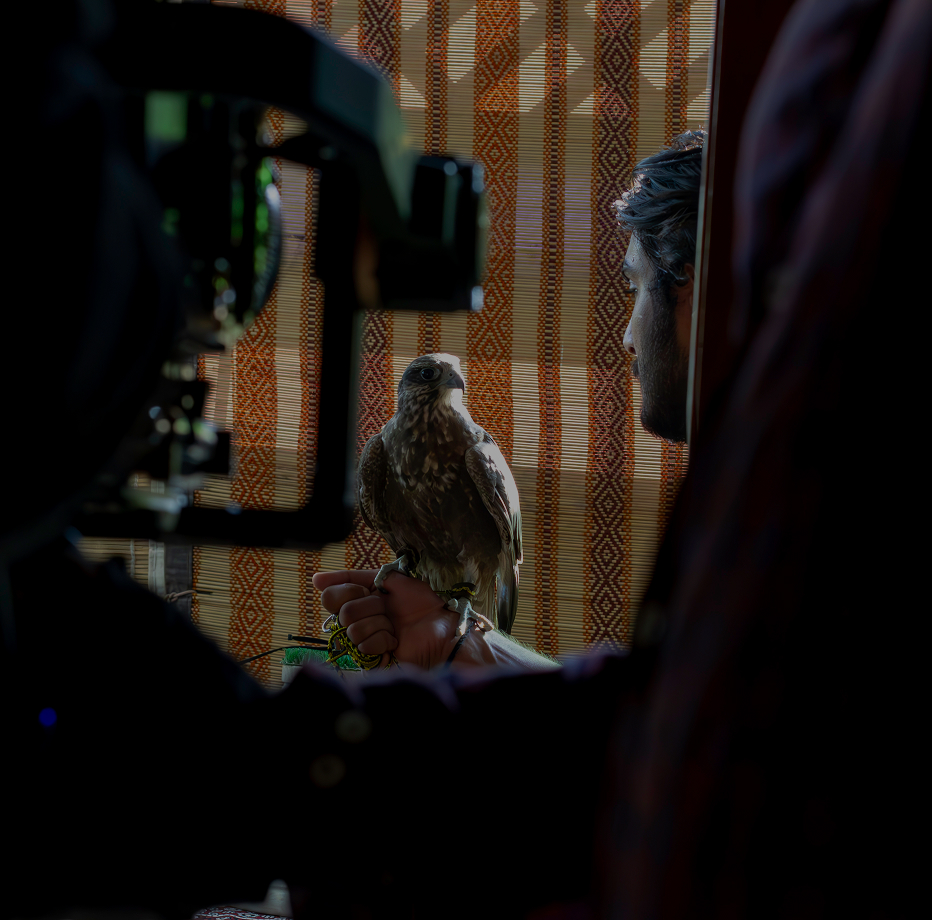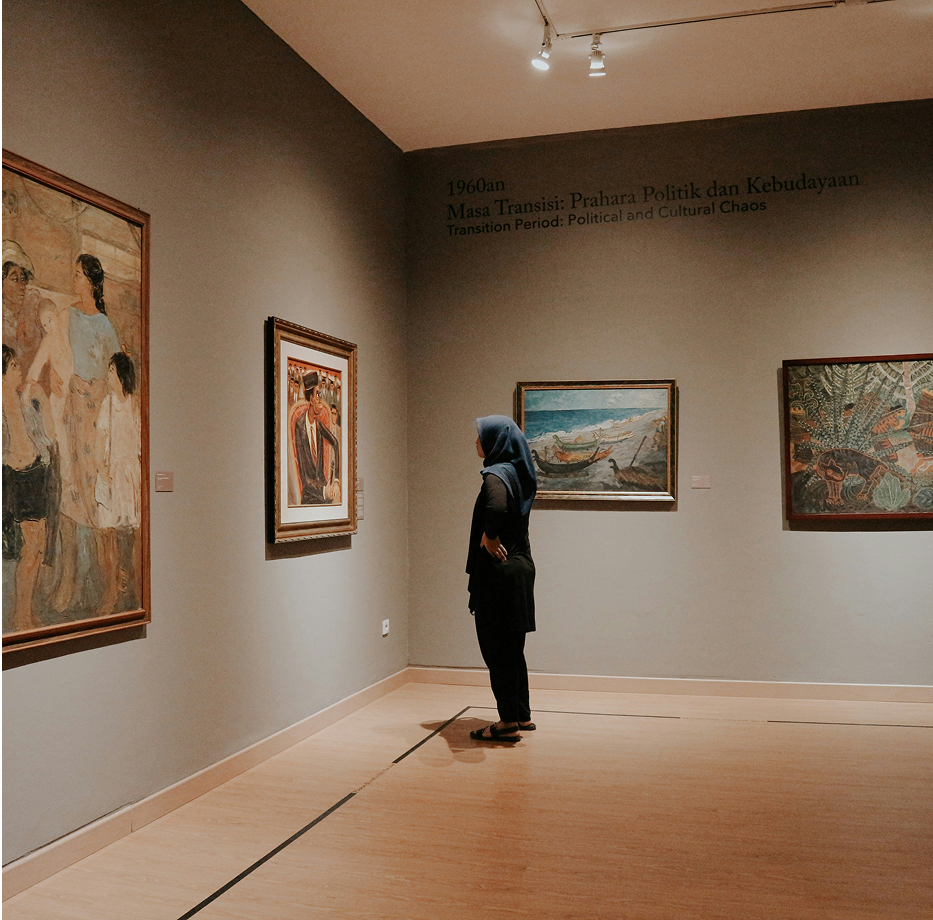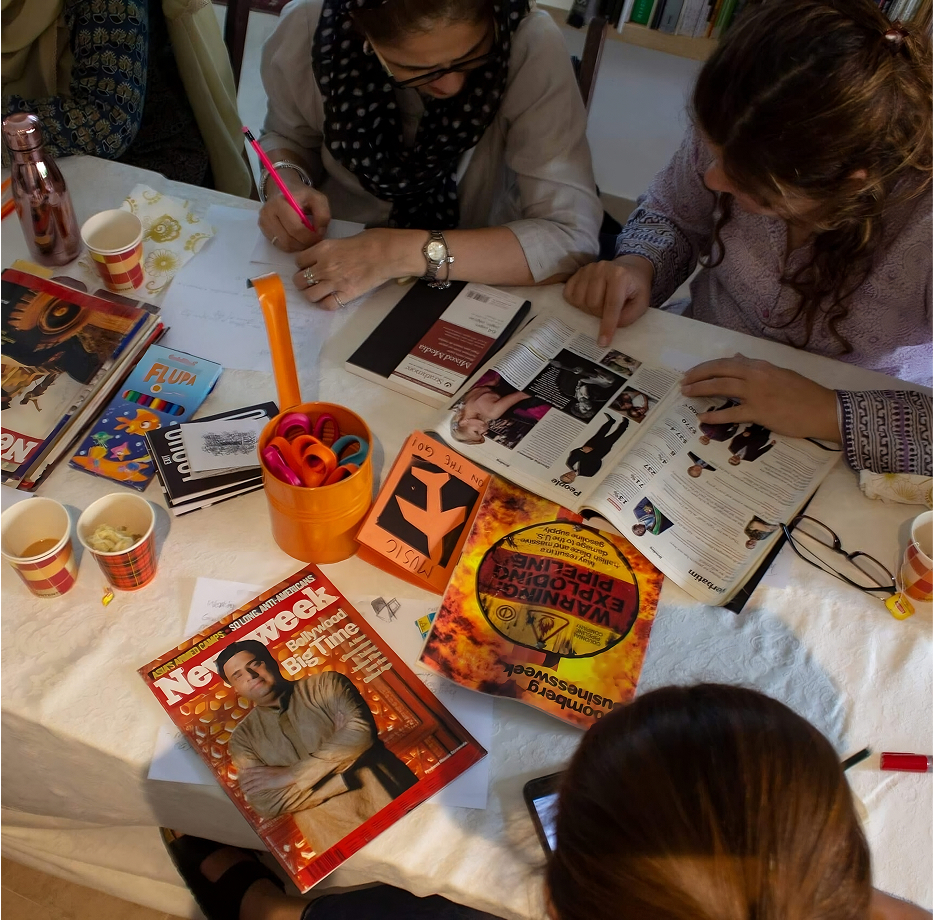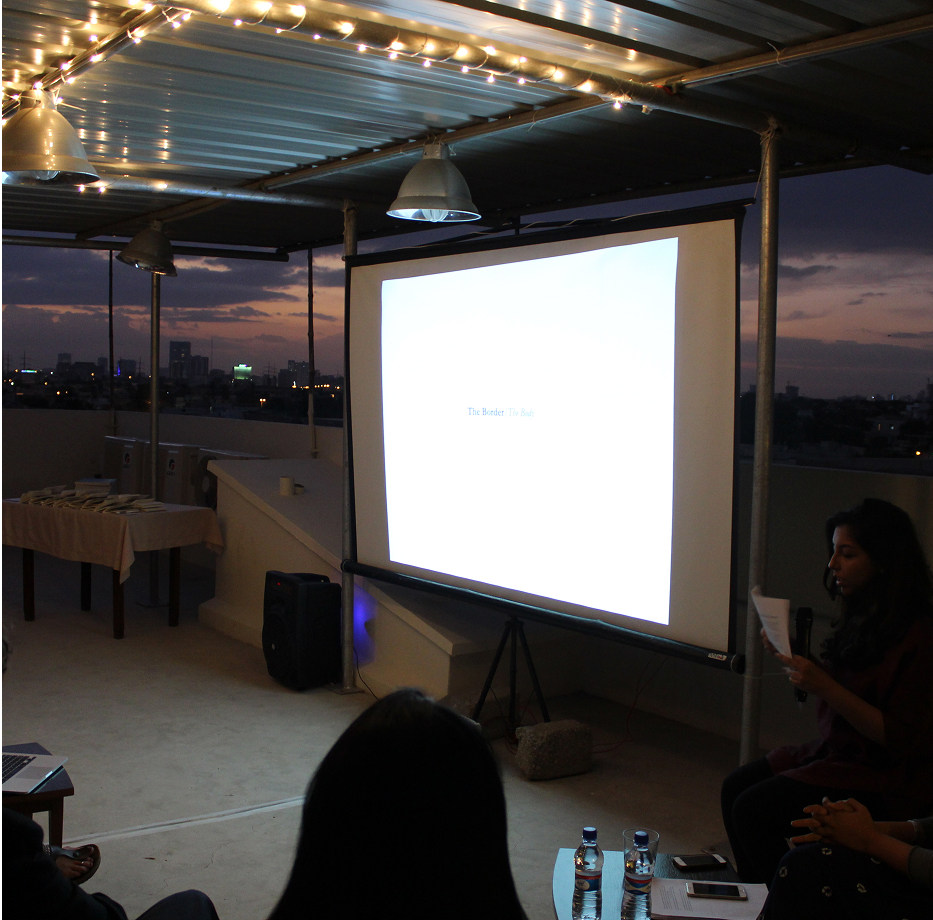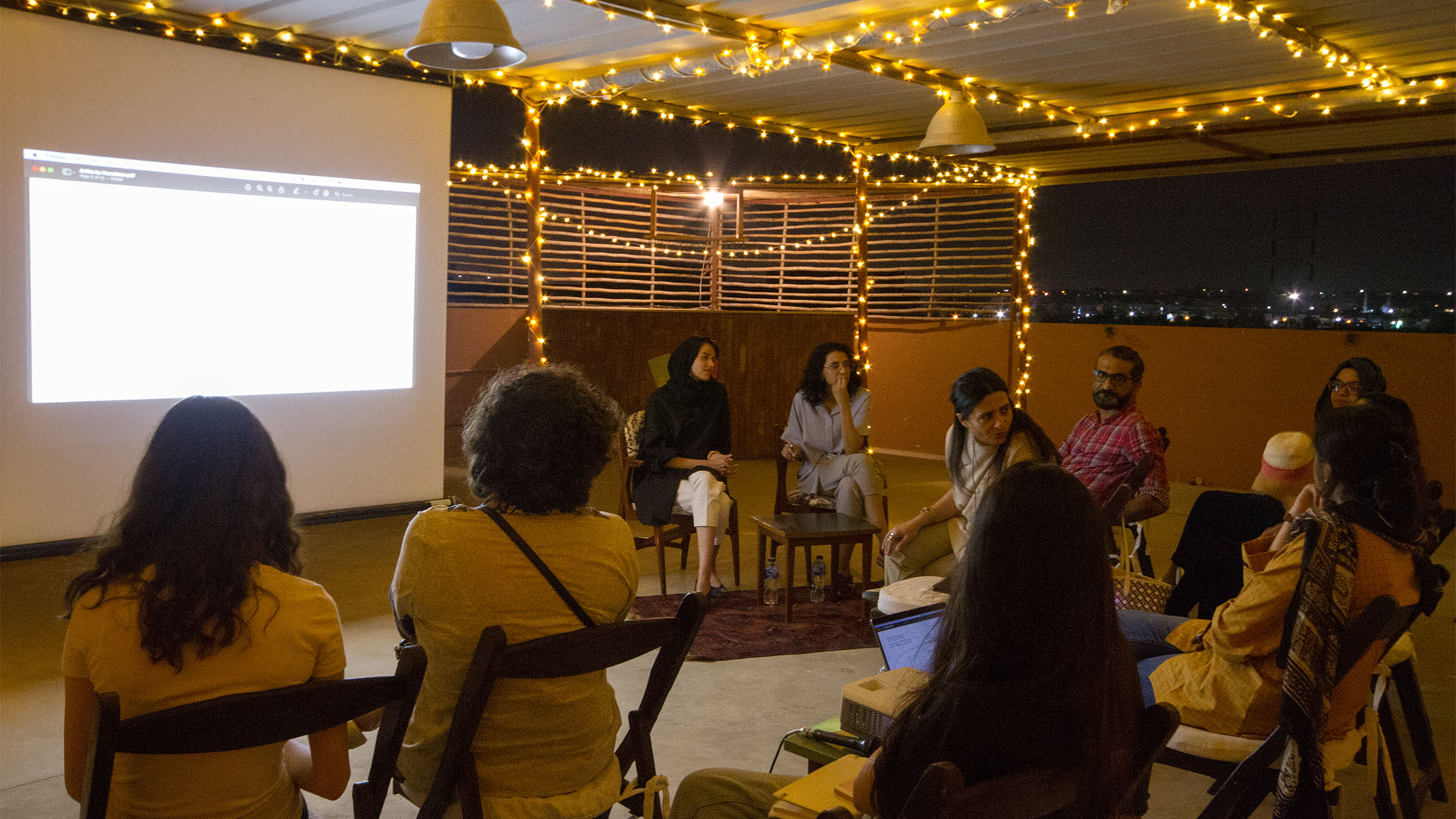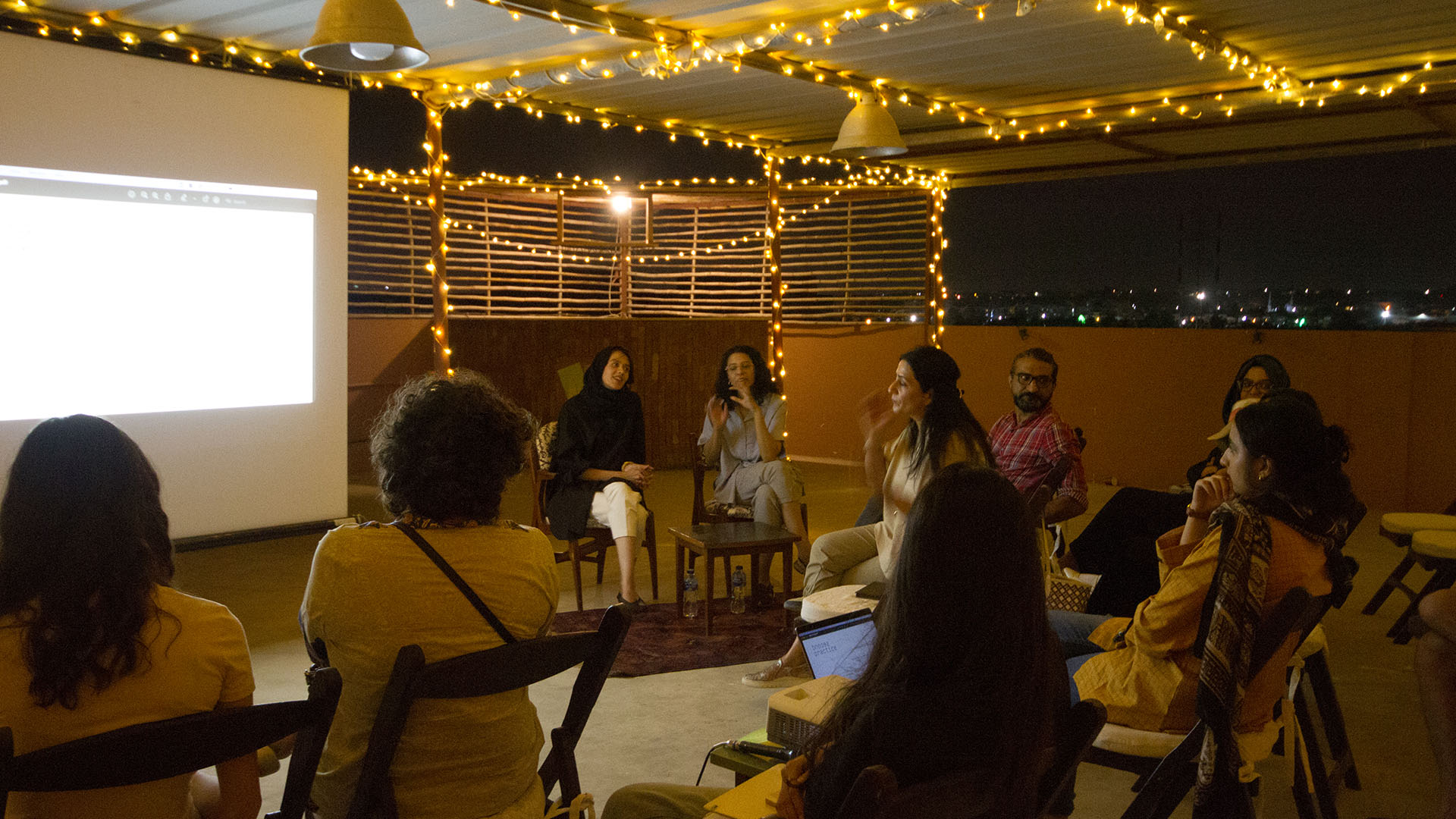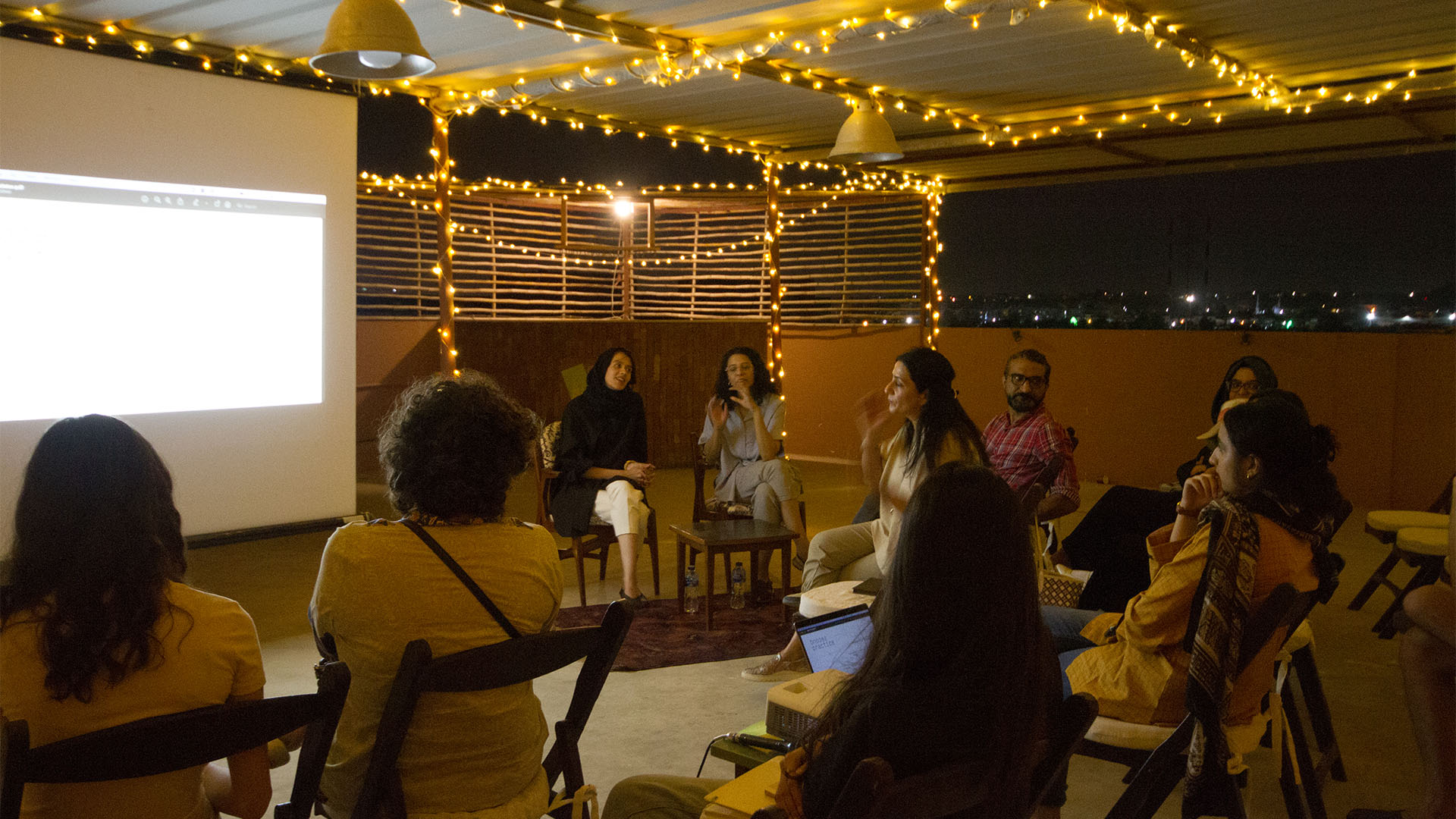About
The Artist as Translator is a practice-led research project that aims to stretch visual vocabularies and find systems to address the materiality specific to a location. This research is an extension of the assumption that at the core of any creative practice lies first, a sincere translation of observation in the producer’s choice of medium. This makes the producer or the artist primarily a translator before anything else who truly believes in the impossible translatability of in/tangible materials that they interact with.
The design of the project invites creative practitioners to initiate a chain of translation by sharing with the rest, an object/ image/ text/ sound so entrenched in their location, that they deem difficult to translate. This material is then responded to, by the translators with an object/ text/ image/ combination that translates as accurately as possible in their proximity. Each material that is initiated is archived with as much description and information as possible to facilitate the following translator.
Through these chains of translations, the project aims to identify the untranslatable nucleus in materials brought forth, to be able to give form to it and to extend its knowability. Uncovering the untranslatable in material culture is a task that stretches the legibility of materials. Admitting the untranslatability but still attempting to grasp it as the most active/ intimate act of reading a material (Spivak, 1992). This digital tool maps the chains and translations within while also becoming a window to the thoughts, conversations, and musings that have brewed over the course of the project.
All participants in one way or another draw connections from literature, scientific research, natural observation, domestic settings, sound, memory, etc. and collect material that in their response is the truest translation of all the material that comes their way. The project collectively attempts the stretching of language(s), to look for its permeability as a task of the Artist as Translator.
This project has been realised in collaboration with Vasl Artists’ Association and generously supported by Living Arts International under the South-South Arts Fellowship 2022 and Karachi Biennale Trust.
About Second Practice
Second Practice is a collaborative research practice by Fatima Hussain, Abeerah Zahid, and Ayesha Kamal Khan unpacking knowledge production and dissemination within postcolonial geographies and diasporic contexts. Exploring trans-disciplinary methodologies in artistic practice, critical inquiry of how the local is often flattened in the global art world, and participatory ways of disseminating knowledge, second practice draws out considered positions in formats predisposed to sharing and circulation.
In the recent past, they did a year-long research project ‘Access Audience / Audience Access’ supported by LBF-AAN, the project acquired the format of a live archive and a publication in response to locating audiences for contemporary arts in Pakistan. Second Practice is currently working with an ERC-funded project based at the University of Delft, NL as part of which they are analysing the temporal experiences of migrants. Through discourse analysis of the research produced, Second Practice is developing a visual method for mapping these experiences of time. The work is currently showing at the 17th Istanbul Biennale.
They have collaborated on various projects previously that have been shown at Richmix UK, Zahoor-ul-Akhlaq Lahore and SAVAC, Toronto. All three have taught at National College of Arts, Pakistan and have participated in various artists’ residencies. They have been working together in various capacities for a decade, and formally came together as second practice in 2018 as an extension to their individual practices.
